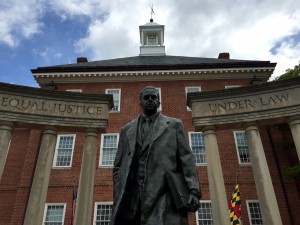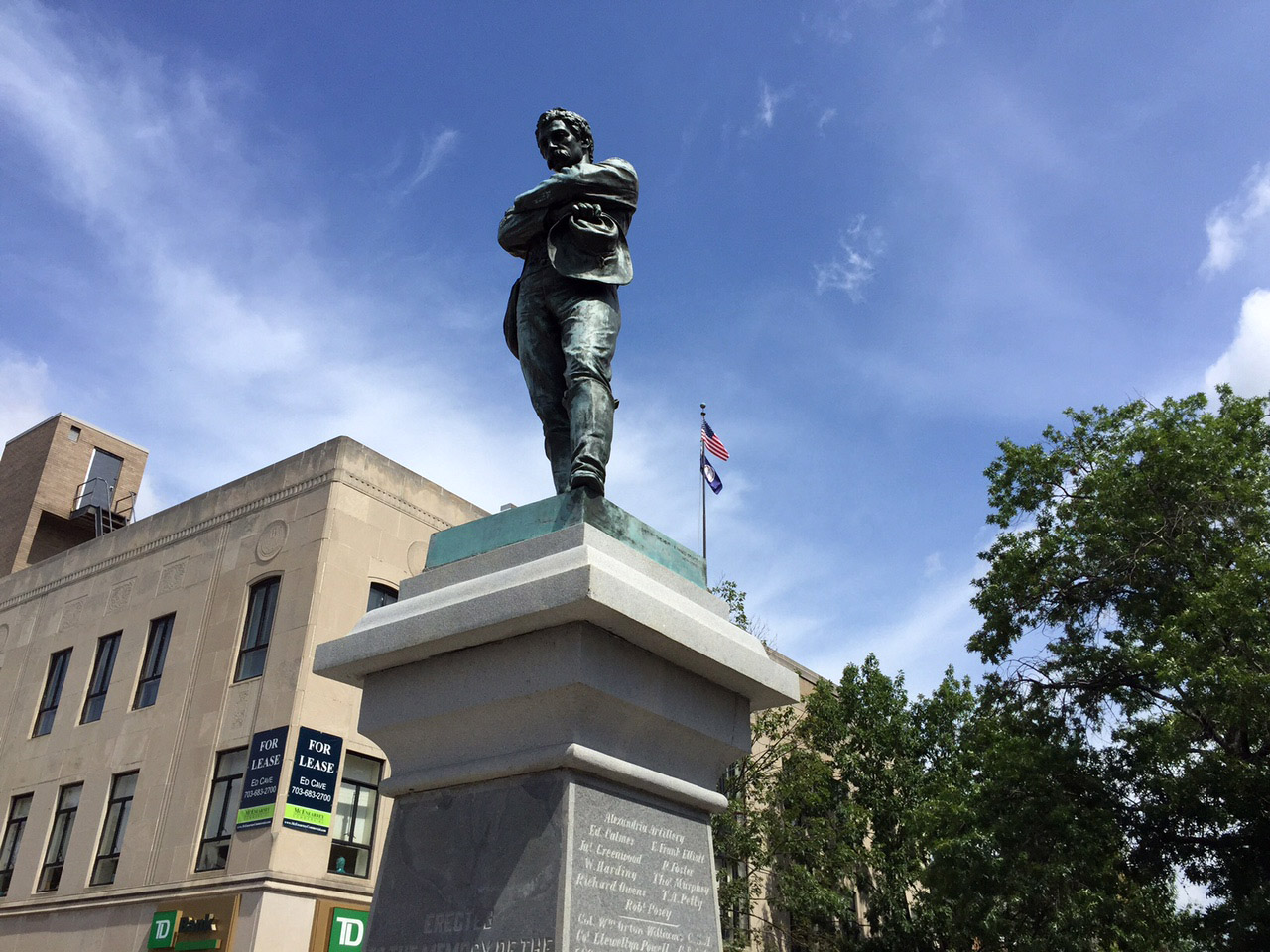WASHINGTON — Maryland Gov. Larry Hogan says he agrees with the decision to take the Confederate battle flag off the grounds of the State Capitol in South Carolina, but there’s only so far the Republican governor is willing to go when it comes to scrubbing offensive symbols from public spaces.
During a news conference on Thursday, Hogan told reporters he’d taken action to remove the confederate flag from state license plates, but he said, “Some of this other stuff, to me, is going too far and is political correctness run amok.”
One divisive symbol sits on the south entrance of the Maryland State House: the statue of Roger Brooke Taney, a Maryland native who served as the Chief Justice of the Supreme Court. One former Maryland Delegate, Jolene Ivey, wants Taney’s statue removed from the grounds at the Annapolis capitol.
In a Facebook post dated June 24, Ivey, who is African American, wrote: “I’m offended not only by the confederate flag, but by the statue of Roger Taney that sits like a turd in front of Maryland’s State House.”,
Roger Brooke Taney delivered the court’s ruling in the Dred Scott case, the U.S. Supreme Court case that found that slaves could not be citizens of any state, and that visiting or fleeing to free states would not allow slaves to be free, even if “carried by there by the owner.”
In the text of his decision, Taney emphasized the slaves’ position as property, and wrote that slaves “had been regarded as beings of an inferior order and altogether unfit to associate with the white race.” Taney’s decision, controversial even in the time it was rendered, is seen by historians as hastening the Civil War.

Referring to Taney’s statue — and Taney’s connection to Maryland’s past — Hogan told reporters “It’s our history!” and he noted the different statues and memorials that dot the state house grounds.
“We have Thurgood Marshall on this side, and Taney on that side — they’re both part of our history!”
Hogan was referring to the statue of Marshall, who like Taney, was a Maryland native. Marshall was the first African American to serve on the U.S. Supreme Court, and his statue is at the center of what’s known as Lawyer’s Mall, a park area on the opposite side of the state house where Taney’s statue sits.
Hogan mentioned the fact that the Old Senate Chamber where George Washington resigned his commission had recently been reopened after a long restoration project.
“George Washington was a slave owner — should we remove him from the State House?”
The display in the newly restored Old Senate Chamber does include references to slavery and the slave trade.
Hogan said there’s a desire to be sensitive to the feelings that are evoked by certain symbols but added, “You could get into an hours long discussion about what we should and shouldn’t do, but I think it’s getting to the point where it’s gone too far.”
WTOP’s Kate Ryan contributed to this report.






